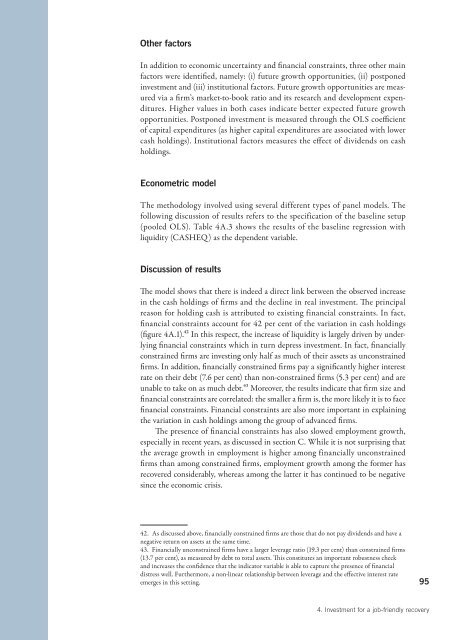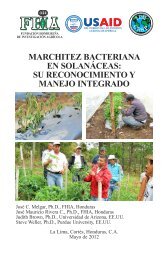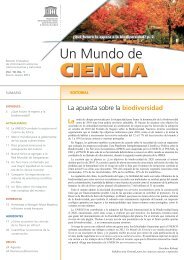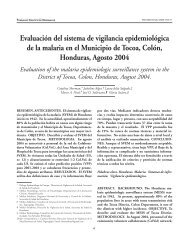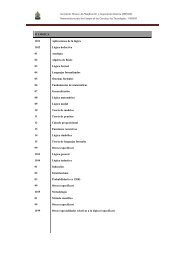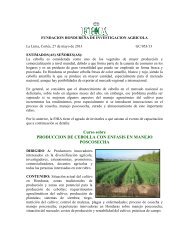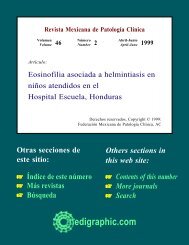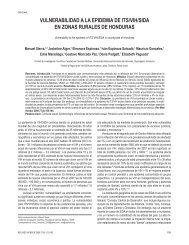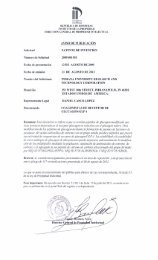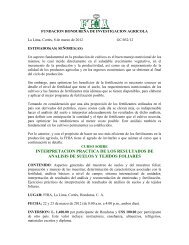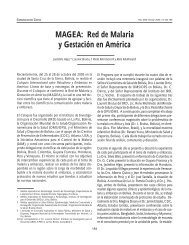World of Work Report 2013 - International Labour Organization
World of Work Report 2013 - International Labour Organization
World of Work Report 2013 - International Labour Organization
Create successful ePaper yourself
Turn your PDF publications into a flip-book with our unique Google optimized e-Paper software.
Other factors<br />
In addition to economic uncertainty and fi nancial constraints, three other main<br />
factors were identifi ed, namely: (i) future growth opportunities, (ii) postponed<br />
investment and (iii) institutional factors. Future growth opportunities are measured<br />
via a fi rm’s market-to-book ratio and its research and development expenditures.<br />
Higher values in both cases indicate better expected future growth<br />
opportunities. Postponed investment is measured through the OLS coefficient<br />
<strong>of</strong> capital expenditures (as higher capital expenditures are associated with lower<br />
cash holdings). Institutional factors measures the effect <strong>of</strong> dividends on cash<br />
holdings.<br />
Econometric model<br />
The methodology involved using several different types <strong>of</strong> panel models. The<br />
following discussion <strong>of</strong> results refers to the specification <strong>of</strong> the baseline setup<br />
(pooled OLS). Table 4A.3 shows the results <strong>of</strong> the baseline regression with<br />
liquidity (CASHEQ) as the dependent variable.<br />
Discussion <strong>of</strong> results<br />
The model shows that there is indeed a direct link between the observed increase<br />
in the cash holdings <strong>of</strong> fi rms and the decline in real investment. The principal<br />
reason for holding cash is attributed to existing financial constraints. In fact,<br />
fi nancial constraints account for 42 per cent <strong>of</strong> the variation in cash holdings<br />
(figure 4A.1).42 In this respect, the increase <strong>of</strong> liquidity is largely driven by underlying<br />
fi nancial constraints which in turn depress investment. In fact, fi nancially<br />
constrained firms are investing only half as much <strong>of</strong> their assets as unconstrained<br />
fi r m s . I n a d d i t i o n ,fi n a n c i a l l y c o n s t r a i n e dfi r m s p a y a s i g n ifi cantly higher interest<br />
rate on their debt (7.6 per cent) than non-constrained fi rms (5.3 per cent) and are<br />
unable to take on as much debt.43 Moreover, the results indicate that fi rm size and<br />
fi n a n c i a l c o n s t r a i nt s a r e c o r r e l a t e d : t h e s m a l l e r fi a r m i s , t h e m o r e l i k e l y i t i s t o f a c e<br />
fi n a n c i a l c o n s t r a i nt s . F i n a n c i a l c o n s t r a i nt s a r e a l s o m o r e i m p o r t a nt i n e x p l a i n i n g<br />
the variation in cash holdings among the group <strong>of</strong> advanced fi rms.<br />
The presence <strong>of</strong> fi nancial constraints has also slowed employment growth,<br />
especially in recent years, as discussed in section C. While it is not surprising that<br />
the average growth in employment is higher among financially unconstrained<br />
fi r m s t h a n a m o n g c o n s t r a i n e dfi r m s , e m p l o y m e n t g r o w t h a m o n g t h e f o r m e r h a s<br />
recovered considerably, whereas among the latter it has continued to be negative<br />
since the economic crisis.<br />
42. As discussed above, fi nancially constrained fi rms are those that do not pay dividends and have a<br />
negative return on assets at the same time.<br />
43. Financially unconstrained fi rms have a larger leverage ratio (19.3 per cent) than constrained fi rms<br />
(13.7 per cent), as measured by debt to total assets. This constitutes an important robustness check<br />
and increases the confidence that the indicator variable is able to capture the presence <strong>of</strong> fi nancial<br />
distress well. Furthermore, a non-linear relationship between leverage and the effective interest rate<br />
emerges in this setting.<br />
95<br />
4. Investment for a job-friendly recovery


